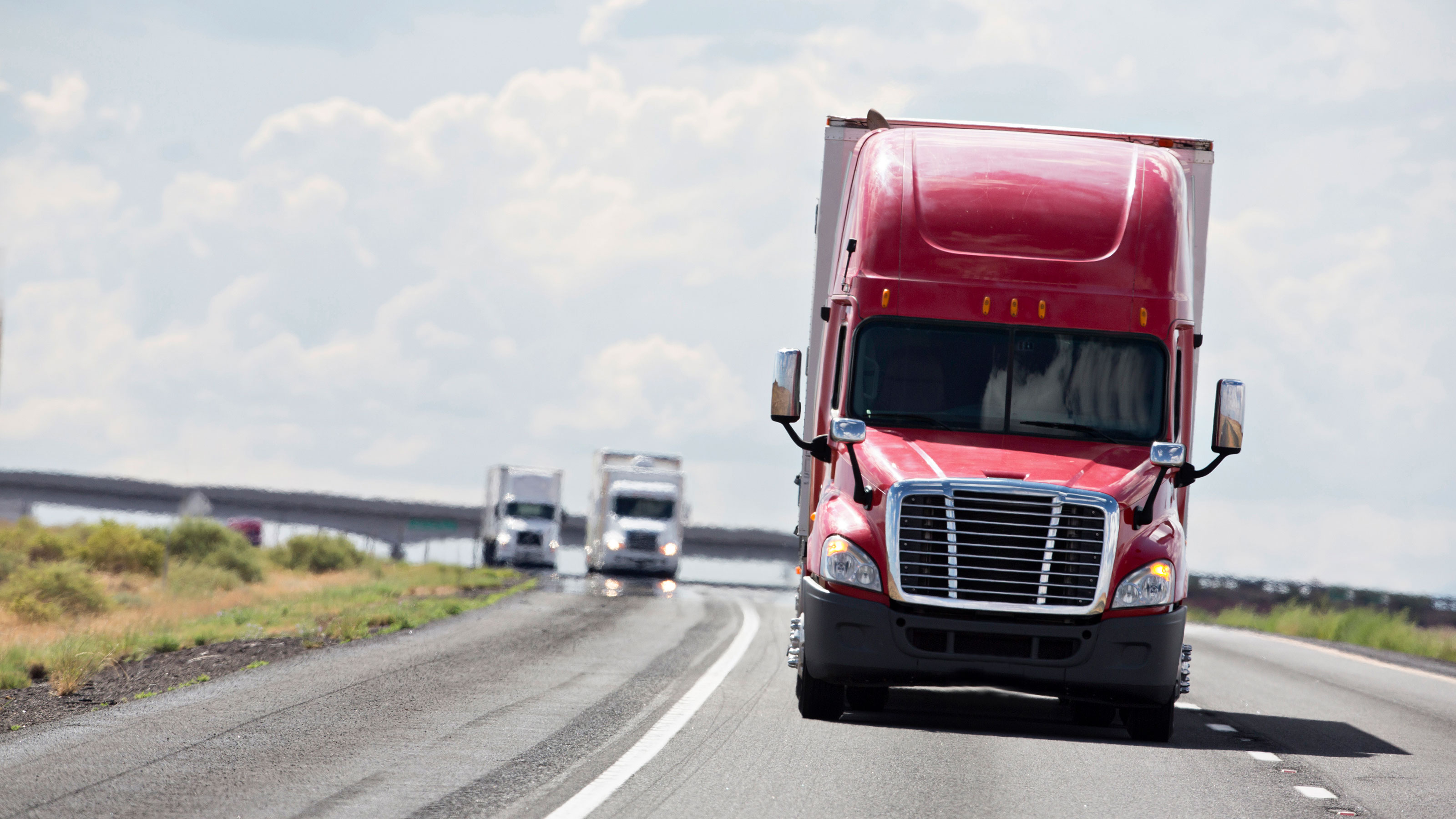
To help you understand the driving force behind autonomous trucks and cars, and what we expect to happen in the future, our highly experienced Kiplinger Letter team will keep you abreast of the latest developments and forecasts (Get a free issue of The Kiplinger Letter or subscribe). You'll get all the latest news first by subscribing, but we will publish many (but not all) of the forecasts a few days afterward online. Here’s the latest…
Autonomous trucks are slowly hitting the road, mostly on interstates in Texas and the Southwest, with a human driver on board, standing by, or traveling in platoons behind a lead truck driven by a person. Maersk is running Kodiak Robotics trucks between warehouses in Houston and Oklahoma City with a safety driver. Daimler plans to offer the service commercially by 2027. Many other companies are in the space as well, so there is likely to be a first-mover advantage that will cause consolidation among companies by the end of the decade.
Other current players in the sector that are likely to be ready to go, in the near future, are Aurora Innovation and Gatik, the latter focusing on short-haul. TuSimple had been expected to be an immediate player, but they may be shifting focus to China. New entrants include Waabi, Stack AV, and Applied Intuition, which bought out the bankrupt Embark. Waymo Via will focus on taxis and ride-hailing for now.
The rollout of autonomous trucks will be modest at first. For now, the tech is more advanced than society’s acceptance of autonomous trucks. The American Automobile Association surveyed its members about autonomous vehicles in general, and 68% responded that they were afraid of them. Governor Newsom of California recently vetoed a bill that would require a safety driver in all autonomous trucks.
The industry will need to build up a strong safety record to convince the public, insurers and lawmakers that wider adoption is suitable. The companies will also need to provide assurances about cyber-security risks. Until these happen, autonomous trucks will need safety drivers or be limited to interstate travel only, platooning behind a person-driven truck. This means that more transfer hubs will be needed on interstates, where autonomous trucks can pick up a driver or switch with manned trucks.
Look for more manufacturers to offer fee-for-service instead of purchase, such as what John Deere does with its driverless tractors. Not to mention how driverless trucks will intensify labor strife. Port workers’ unions are already pushing back against automation and truck drivers will face the same issue.
This forecast first appeared in The Kiplinger Letter, which has been running since 1923 and is a collection of concise weekly forecasts on business and economic trends, as well as what to expect from Washington, to help you understand what’s coming up to make the most of your investments and your money. Subscribe to The Kiplinger Letter.







